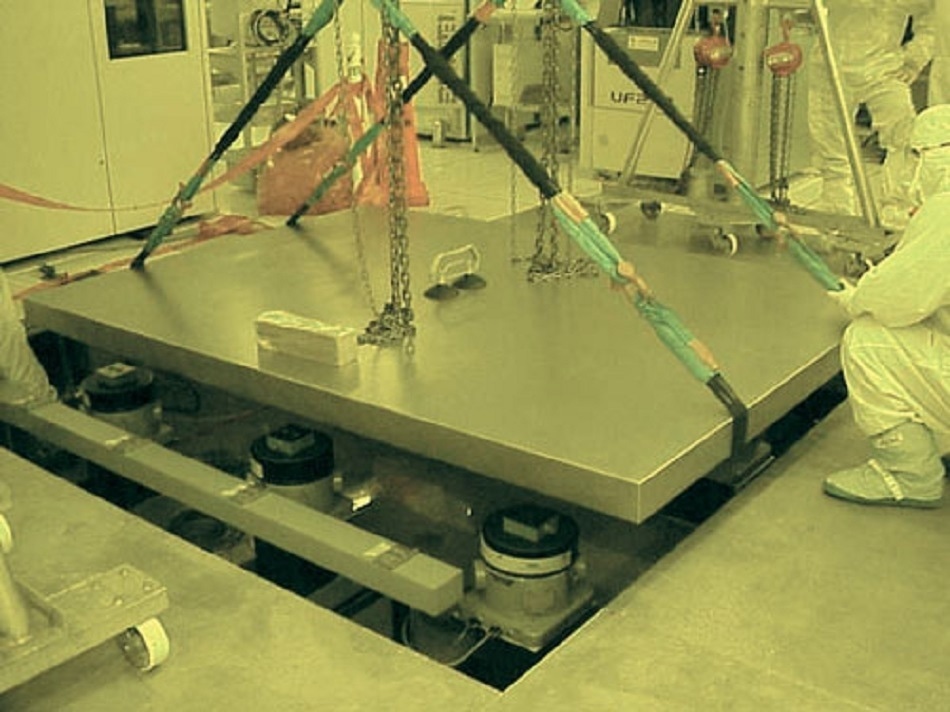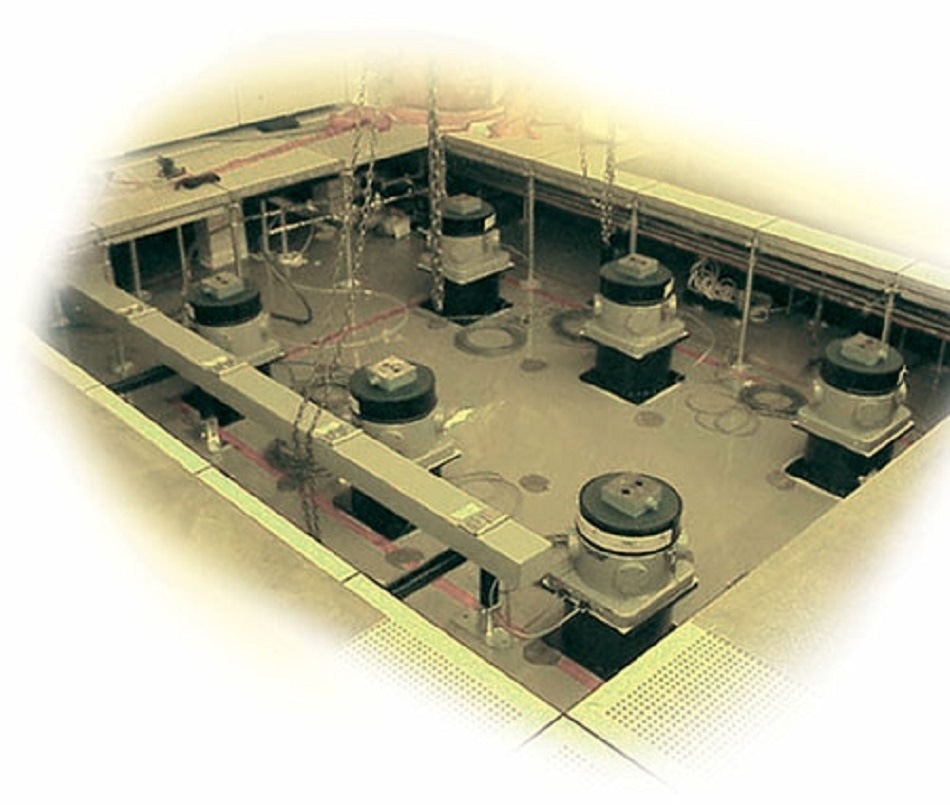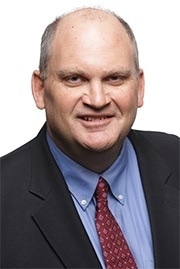 Interview conducted by Mychealla RiceJun 9 2017
Interview conducted by Mychealla RiceJun 9 2017In this interview, Steve Ryan, Divisional Vice President from Technical Manufacturing Corporation (TMC) talks to AZoNano about the importance of adding vibration control to Nano-Tech Facilities. In the past, buildings that have been designed to be extremely quiet still suffer from vibration when the building is populated with equipment and people.
Electron Microscopes and other ultra-precision instruments installed in nanotech facilities are required to achieve extremely high resolution and precise measurements. What impact does vibration have upon these results?
The adverse effect of vibration typically manifests itself in decreased resolution of the instrument. Electron Microscopes have resolution ranging from tens of nanometers to sub-nanometer.
Atomic Force Microscopes and Scanning Tunneling Microscopes have resolutions to sub-Angstrom levels. Floor vibration often prevents such tools from meeting their design specifications.
To achieve floor vibration specifics, architects design extremely quiet buildings at great costs. Why is this inefficient and ineffective? Is there an alternative?
The concept may be summarized as “Quiet Buildings or Quiet Islands?” Architects can design buildings to meet moderate floor vibration levels without too much difficulty. However designing buildings to meet the extremely low vibration levels required for nanotech research facilities requires exponentially more cost with diminishing returns.
Diminishing returns because even to the extent that the building floors are quiet, as soon as the building is populated with people and machinery, vibration sources are placed in the quiet structure negating much of the benefit of the quiet building design.

Figure 1: Quiet Island being utilised in a Nano-Tech Facility
Can you tell us a bit about TMC’s Quiet Island?
Rather than trying to achieve a quiet building, it is much more efficient to place quiet islands at the discrete locations where precision instruments, experiments, and research will be conducted.
A Quiet Island is a rigid, damped platform matching the footprint of the instrument supported by an active, piezoelectric vibration cancellation system.
The Quiet Island replaces a section of the raised access floor with an isolated foundation, mounted to the sub-floor and actively cancelling sub-floor vibration from reaching the instrument.
What are the advantages and benefits of using TMC’s Quiet Island in place of designing a ‘Quiet’ building?
As requirements for quiet buildings become increasingly demanding, it becomes exponentially difficult and expensive to achieve the goal; placing the instrument on a site that meets the instrument’s floor vibration spec. Using inertial active control techniques lends itself to achieving a very quiet surface but only over a limited size.
There is a direct analogy to this approach of Quiet Islands vs. Quiet Buildings. As semiconductor node sizes rapidly decreased, cleanliness requirements for semiconductor fab cleanrooms became much more stringent.
Eventually it became virtually impossible to have people in cleanrooms without contamination and failure to meet cleanliness specs.
The solution was to create SMIF and FOUP “mini-environments” to house in-process silicon wafers. Rather than making a cleanroom the industry turned to and adopted “clean islands.”
When a building is populated with equipment and people, vibration is introduced onto quiet floors. How is TMC’s Quiet Island equipped to deal with this?
The Quiet Island approach is to start with low frequency inertial vibration sensors in three axes arranged to sense floor vibration at the point-of-use.
The measured signals are conditioned, amplified and fed through an advanced controller to drive high capacity piezoelectric actuators and filter the floor motion from reaching the isolated surface of the Quiet Island.
As the floor moves up, the piezos contract. As it moves down, the piezos expand. This is done in all three axes to achieve six degrees-of-freedom over a bandwidth of 0.6 to 150 Hz.
What applications and industries will benefit from the Quiet Island?
This technology has been rapidly and increasingly adopted in advanced semiconductor factories. As chip-makers race to keep up with Moore’s Law (chip density doubles every two years) they must design ever finer IC geometries.
Such finer geometries are correspondingly more difficult to pattern and inspect.
Now, scientists at nanotechnology research centers and advanced electron microscope and imaging centers require the same solution.

Figure 2: The Stacis III
What planning needs to be done to install Vibration Control?
Physically, Quiet Islands are easily designed to fit between sensitive tools and the sub-floor. The capacity and size is simply designed to match the tool. To determine the acceptable floor vibration levels, the specifications for the most sensitive tools must be compiled.
Adjusting for the vibration transfer function of the Quiet Island, architects can design floors to meet a less stringent spec corresponding to the improved transfer function provided by the Quiet Island.
Can you give any examples of where the Quiet Island was introduced and the vibration cancellation was successful?
Successful installations number in the thousands. Too many to name however a few include NIH (National Institutes for Health), Texas Instruments, University of Maryland BioMET, Rice University BioScience Research Collaborative, and Jagiellonian Unviversity Advanced Materials and Nanotechnology Center (Krakow, Poland).
What does TMC’s line of Vibration control products mean for the future of Nano-research and Nano-Tech Facilities?
Floor vibration is a key, inherent limitation to imaging and patterning at the sub-nanometer scale. As scientists and engineers go to ever smaller scales, TMC’s vibration control solutions ensure that the adverse effects of floor vibration can be mitigated.
Where can our readers go to find out more?
Please check out our website at www.techmfg.com. Or contact one of our Sales Engineers at 978 532 6330 or [email protected]
About Steve Ryan
Steve Ryan is the Divisional Vice President with overall responsibility for TMC, an AMETEK business. He holds a B.S. in Physics from Bates College and has over 30 years of experience in building floor vibration control and vibration control of nuclear reactors and steam & electric plants in Trident and Seawolf submarines. A patented inventor with other patents pending.

Disclaimer: The views expressed here are those of the interviewee and do not necessarily represent the views of AZoM.com Limited (T/A) AZoNetwork, the owner and operator of this website. This disclaimer forms part of the Terms and Conditions of use of this website.